Before stepping out for a match, these warm-ups will help you loosen up while fielding.
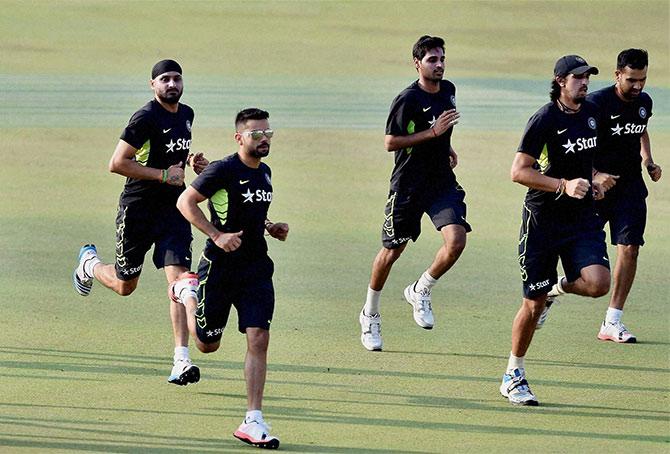
Warm-up is extremely essential before you start any game. In Cricket, fielders play an important role and therefore, a good warming-up session before the match is important.
Cricket may seem like a sport that is not as physical, as say, football, rugby or various combat sports, but an entire day’s play in the sun, waiting for a catch and running behind the ball needs great stamina, concentration, and more importantly, a very fit body.
Before going out on the field to save boundaries and pocket catches, cricketers will have to warm-up to loosen their muscles and keep themselves in optimum condition to perform at their best on the field.
Here are the different types of warm-up for fielding in cricket:
-
Squats, lunges
Before going out on a jog or run to stretch your muscles, ensure that your muscles are ready to be put under the strain of running.
Lunges help in balance and coordination as they are performed one-leg at a time. It also targets almost all the muscles of your lower body.
Do a few squats, lunges and side lunges, for 5-10 minutes.
You can then proceed to do knee lifts and jumps to make yourself loose. Squats will especially be helpful for those fielding in and around the bat (slip catchers, wicketkeepers, silly point)
-
Jogging and running
Before the advent of sports science, most professional cricketers did a few laps of the ground to loosen themselves up before they went out to bat or field.
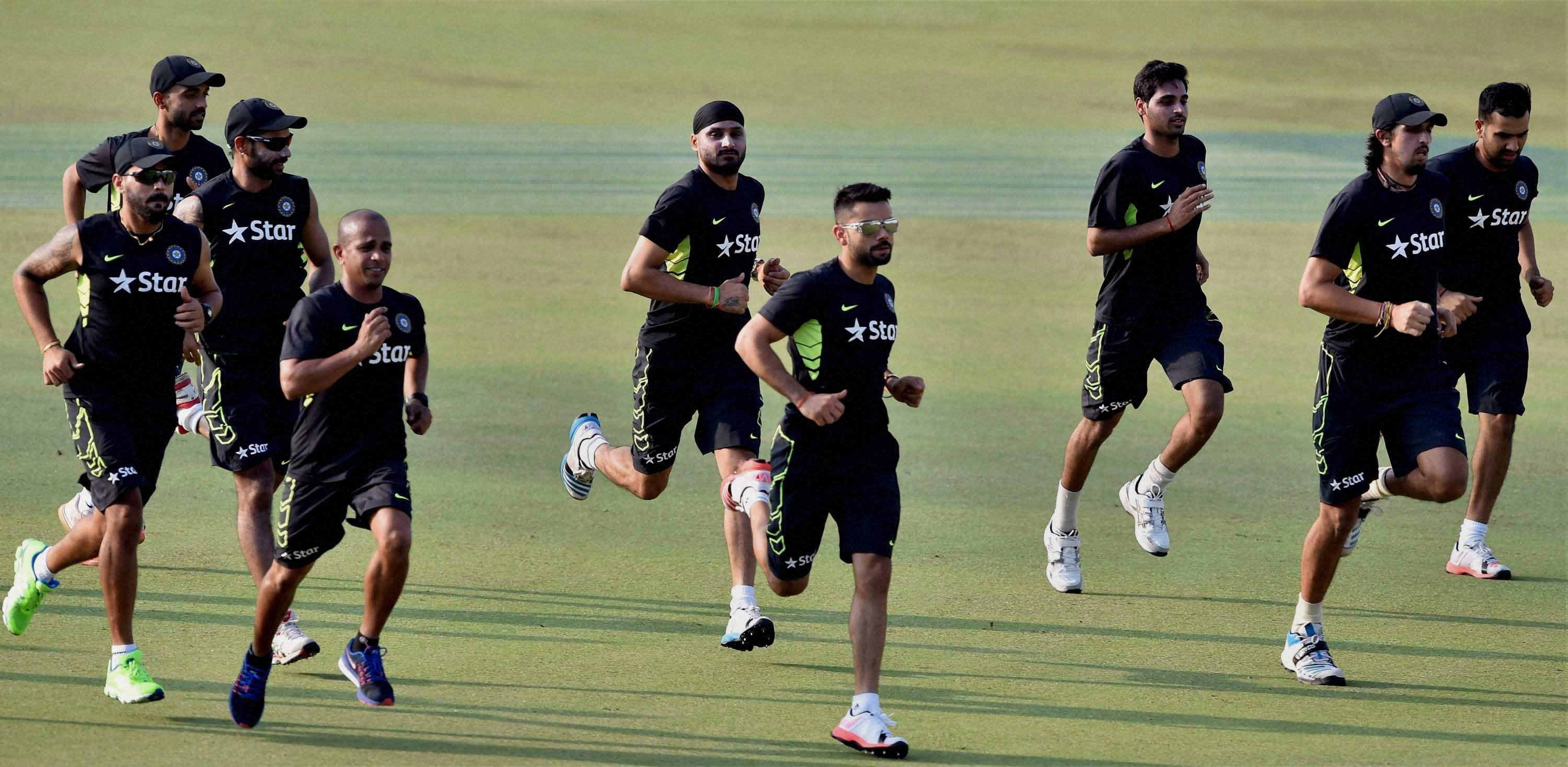
Jogging loosens up your stiff muscles and prior to fancy workout equipment, Cricketers used to jog and run a good distance before a match.
This can still be followed now as it makes you physically strong. Gradually increase the pace of your jogging and do not go full tilt right from the start as you may pull a hamstring.
After the jog, do quick sprints between two points, 20-30 metres apart; you can do sets of 5 for 5 minutes.
-
Stretching
It is important that all areas of your body are ready for an intense day’s play, hence stretching exercises are important. Place your leg on a chair, with knees bent and lean in and out to do a hamstring stretch.
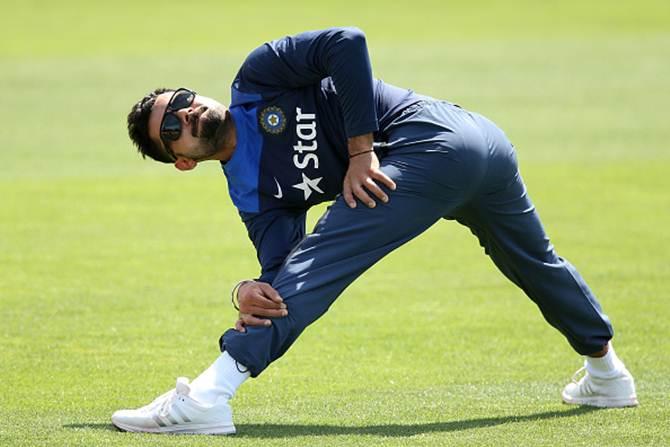
Stretching is important as it keeps your muscles flexible and strong. It also reduces wear and tear in joints.
Follow it up by stretching your shoulder and elbows by holding your other elbow and pulling it to the other side, gently. You could also have your teammates or coach, stretch key muscles like the shoulders or hamstring.
You should also exercise your back and lower back muscles by bending down and touching your feet, which can be done for 2-3 minutes.
-
Throwing warm up
This warm-up would require a partner. Stand across 20 meters apart and throw the ball to each other. Simple as that.
[pullquote]Start at a slow pace and throw underarm, using your strong arm. After throwing underarm, you can switch to throwing overarm. [/pullquote]
You can then proceed to throw the ball to a wicketkeeper from a distance. Use both underarm and overarm technique to land the ball in the wicketkeeper’s gloves.
-
Throwing from a distance
Fielding inside the ring requires precision and quickness, while fielding outside the ring, near the boundary, will require a lot of stamina as well as a strong throwing arm.
Throwing the ball inside the ring to your fellow cricketers can be difficult. This practice will help you understand the pace of your teammates.You can exercise your shoulder by throwing a few balls to the wicketkeeper from a distance. Ensure that you’ve warmed up adequately as you could injure yourself if you’re not adequately warmed-up while throwing from a distance.
-
Catching
Warm-ups are as much about mental fitness as they are about physical fitness. Have your coach or team-mate throw low balls for you to catch from a distance of 20 metres.
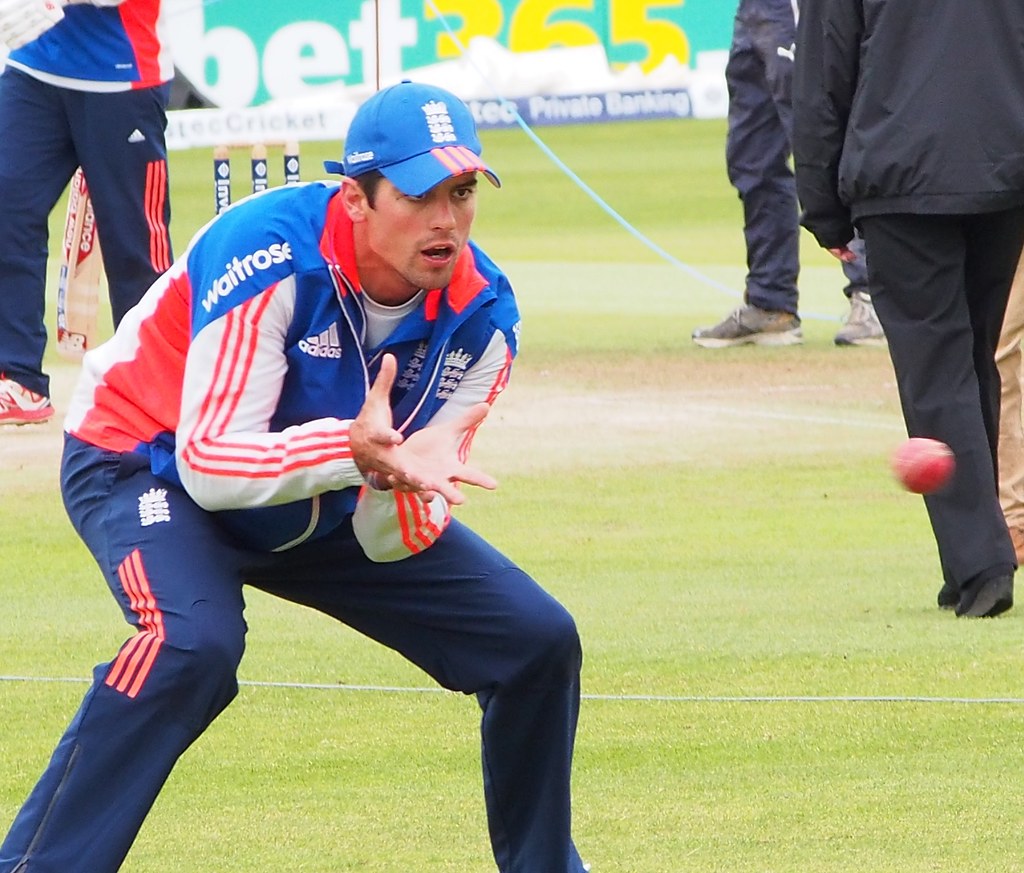
Ensure that catching and throwing are done at a regular pace so that it becomes a habit before playing the actual game.
This will give you a feel of the ball in your hands as well as soften your hands for fielding later in the day. Follow it up with overhead catches that will require you to run and catch the ball.
Ensure that catching or throwing is done at a good pace and not as leisurely as replicating a real-life cricket situation can be an intense workout.
Conclusion:
A warm-up is a way to tell your body to get ready for the workout that is going to happen on the field. Fielders will have to get their muscles, shoulders and back exercised and warmed-up before a game. Do not over exert yourself or treat the warm-up like a full-on session as you may injure yourself.
Here is a video to help you:
FOLLOW US ON INSTAGRAM FOR SPORTS MEMES AND REELS!

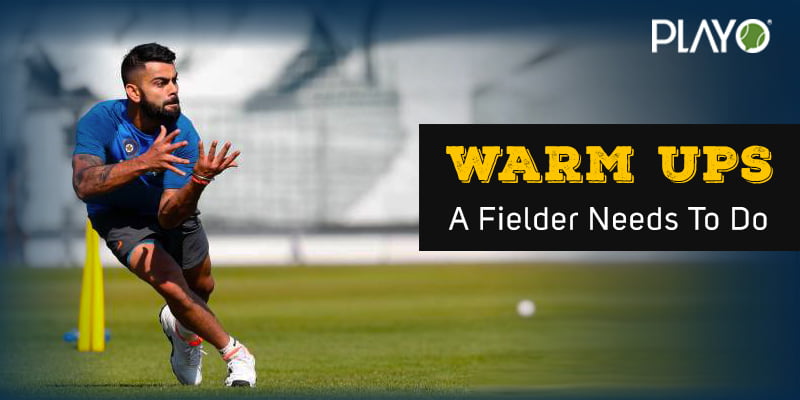



0 Comments